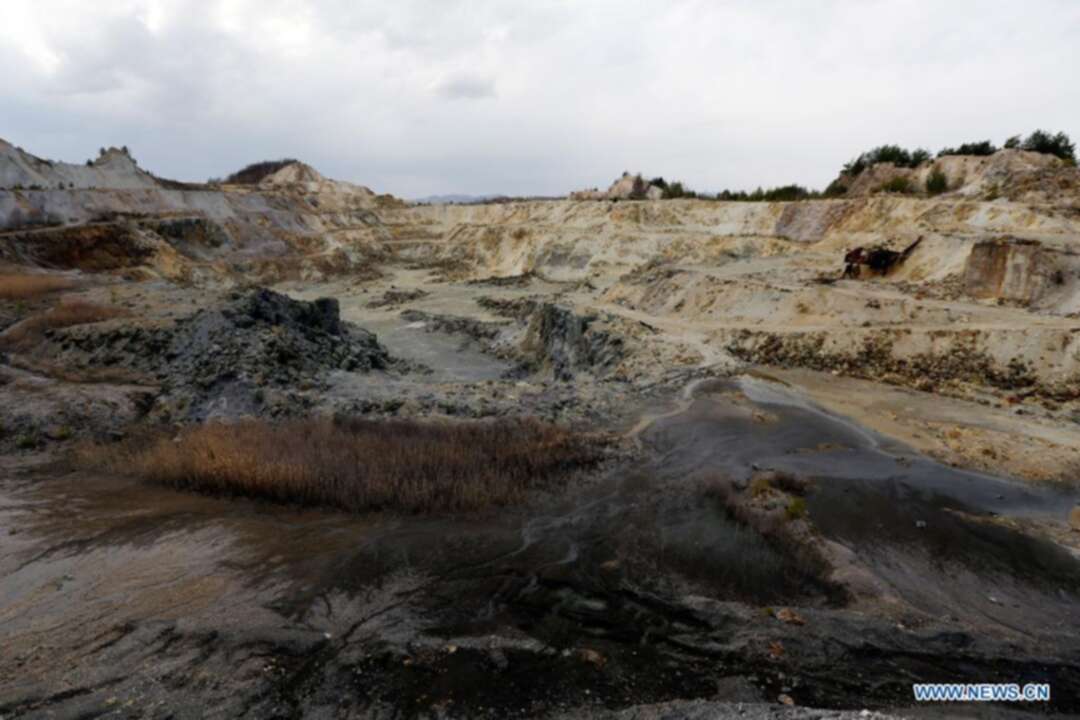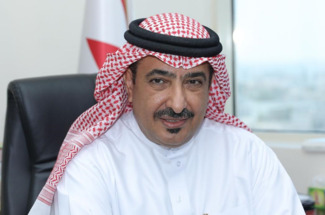-
UNESCO adds 13 cultural sites to its World Heritage List

The Chinese news agency reported that the The World Heritage Committee of the United Nations Educational, Scientific and Cultural Organization (UNESCO) on Tuesday added 13 cultural sites in Asia, Africa, Arab Region, Latin America and Europe to its World Heritage List and one extension to an existing cultural site in Mexico.
Among the additions, the ancient city of Dholavira, the southern center of the Harappan Civilization in India that flourished between 3000 and 1500 BCE (Before the Common Era), is one of the best preserved urban settlements from the period in Southeast Asia, UNESCO said in a press release.
The prehistoric Jomon Era archeological sites in northern Japan bear a unique testimony to the development over some 10,000 years of the pre-agricultural yet sedentary Jomon culture and its complex spiritual belief system and rituals, read the press release.
Eight Sudanese-style mosques in northern Cote d'Ivoire preserve an architectural style thought to have originated around the 14th century in part of the Empire of Mali, which from the 16th century spread south from the desert regions into the Sudanese savannah.
"They present highly important testimonies to the trans-Saharan trade that facilitated the expansion of Islam and Islamic culture and reflect a fusion of Islamic and local architectural forms in a highly distinctive style that has persisted over time," according to the committee.
Built on three closely spaced hills in the Balqa highland of west-central Jordan, the city of As-Salt was an important trading link between the eastern desert and the west during the Ottoman period.
The remote and mountainous landscape of Hawraman/Uramanat in Iran bears testimony to the traditional culture of the Hawrami people, an agropastoral Kurdish tribe that has inhabited the region since about 3000 BCE, the committee said in the press release.
Four of the newly added World Heritage sites are located in Latin America.
The site in the Arica and Parinacota Region of Chile bears testimony to a culture of marine hunter-gatherers who resided in the region from approximately 5450 BCE to 890 BCE. Presenting the oldest known archaeological evidence of the artificial mummification of bodies, it bears a unique testimony to the complex spirituality of the Chinchorro culture, according to the committee.
The Chankillo solar observatory and ceremonial center on the north-central coast of Peru is a prehistoric site (250-200 BC). This archaeo-astronomical complex comprises a set of constructions in a desert landscape that, together with natural features, functioned as a calendrical instrument, using the Sun to define dates throughout the year.
The committee noted that the site "shows great innovation by using the solar cycle and an artificial horizon to mark the solstices, the equinoxes and every other date within the year with a precision of 1-2 days."
The Sitio Roberto Burle Marx in Brazil, developed by architect and artist Roberto Burle Marx (1909-1994), which exhibits an ecological conception of form as a process, including social collaboration which is the basis for environmental and cultural preservation, is the first modern tropical garden to be inscribed on the World Heritage List.
The modernistic Atlantida Church complex in Uruguay was added to the list as it "provides an eminent example of the remarkable formal and spatial achievements of modern architecture in Latin America during the second part of the 20th century, embodying the search for social equality with a spare use of resources, meeting structural imperatives to great aesthetic effect."
In Europe, the Rosia Montana Mining Landscape in Romania was a site of extensive gold mining during the Roman Empire. The site demonstrates a fusion of imported Roman mining technology with locally developed techniques, unknown elsewhere from such an early era.
Mining on the site was also carried out, to a lesser extent, between medieval times and the modern era. The site was simultaneously inscribed on the List of World Heritage in Danger pending the removal of threats to its integrity posed by possible extractive activities.
Germany and the Netherlands saw 102 components from one section of the frontiers of the Roman Empire inscribed as a transnational property. Almost all of these archaeological remains are buried underground. Waterlogged deposits in the property have enabled a high degree of preservation of both structural and organic materials from the Roman periods of occupation and use.
Germany also saw the serial sites of Speyer, Worms and Mainz in the Upper Rhine Valley added to the World Heritage List as they "tangibly reflect the early emergence of distinctive Ashkenaz customs and the development and settlement pattern of the ShUM communities" and "the buildings that constitute the property served as prototypes for later Jewish community and religious buildings as well as cemeteries in Europe."
France's Mediterranean city of Nice was honored for it being the "winter resort town of the Riviera." "The diverse cultural influences of the winter residents and the desire to make the most of the climatic conditions and scenery of the place shaped the urban planning and eclectic architectural styles of those areas, contributing to the city's renown as a cosmopolitan winter resort," said the committee.
These additions were made during the extended 44th session of the World Heritage Committee held online and chaired from Fuzhou, China, which is examining nominations from both 2020 and 2021.
The session also extended an existing cultural site in Mexico, adding elements to the "earliest 16th century monasteries on the slopes of Popocatepetl" inscribed in 1994. The ensemble is part of the first construction program for the evangelization and colonization of the northern territories of Mexico.
You May Also Like
Popular Posts
Caricature
BENEFIT Sponsors BuildHer...
- April 23, 2025
BENEFIT, the Kingdom’s innovator and leading company in Fintech and electronic financial transactions service, has sponsored the BuildHer CityHack 2025 Hackathon, a two-day event spearheaded by the College of Engineering and Technology at the Royal University for Women (RUW).
Aimed at secondary school students, the event brought together a distinguished group of academic professionals and technology experts to mentor and inspire young participants.
More than 100 high school students from across the Kingdom of Bahrain took part in the hackathon, which featured an intensive programme of training workshops and hands-on sessions. These activities were tailored to enhance participants’ critical thinking, collaborative problem-solving, and team-building capabilities, while also encouraging the development of practical and sustainable solutions to contemporary challenges using modern technological tools.
BENEFIT’s Chief Executive Mr. Abdulwahed AlJanahi, commented: “Our support for this educational hackathon reflects our long-term strategic vision to nurture the talents of emerging national youth and empower the next generation of accomplished female leaders in technology. By fostering creativity and innovation, we aim to contribute meaningfully to Bahrain’s comprehensive development goals and align with the aspirations outlined in the Kingdom’s Vision 2030—an ambition in which BENEFIT plays a central role.”
Professor Riyadh Yousif Hamzah, President of the Royal University for Women, commented: “This initiative reflects our commitment to advancing women in STEM fields. We're cultivating a generation of creative, solution-driven female leaders who will drive national development. Our partnership with BENEFIT exemplifies the powerful synergy between academia and private sector in supporting educational innovation.”
Hanan Abdulla Hasan, Senior Manager, PR & Communication at BENEFIT, said: “We are honoured to collaborate with RUW in supporting this remarkable technology-focused event. It highlights our commitment to social responsibility, and our ongoing efforts to enhance the digital and innovation capabilities of young Bahraini women and foster their ability to harness technological tools in the service of a smarter, more sustainable future.”
For his part, Dr. Humam ElAgha, Acting Dean of the College of Engineering and Technology at the University, said: “BuildHer CityHack 2025 embodies our hands-on approach to education. By tackling real-world problems through creative thinking and sustainable solutions, we're preparing women to thrive in the knowledge economy – a cornerstone of the University's vision.”
opinion
Report
ads
Newsletter
Subscribe to our mailing list to get the new updates!






















